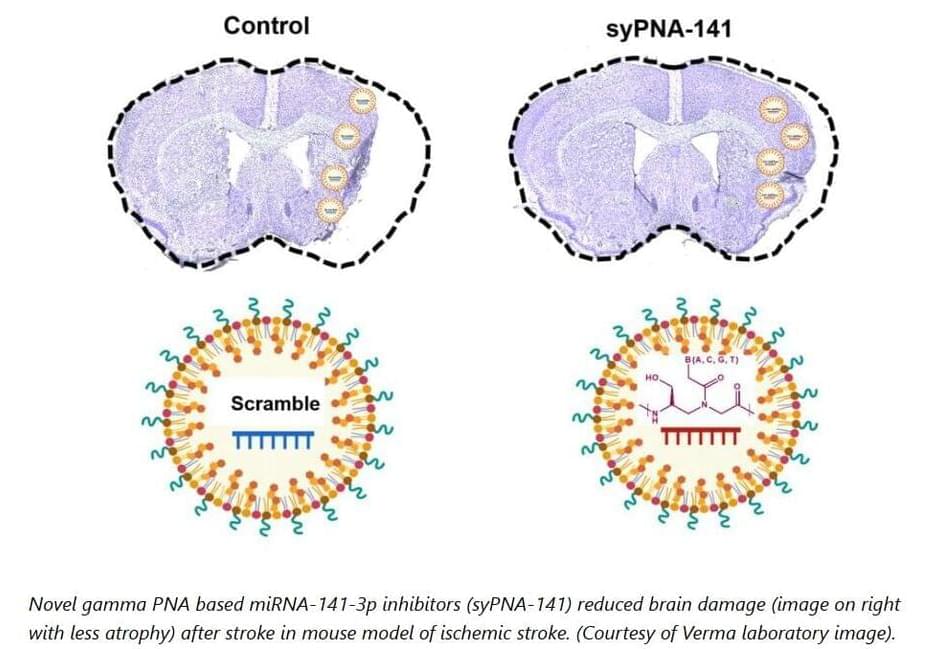Nov 20, 2024
The Human Cell Atlas: towards a first draft atlas
Posted by Cecile G. Tamura in category: biotech/medical
A big day of output for the Human Cell Atlas, a global collaborative project with 100 countries to understand our ~37 trillion cells A Wikipedia of our cells, a “remarkable achievement” https://nature.com/articles/d41586-024-03754-y
In a collection of research articles and related content, the Human Cell Atlas consortium presents tools, data and ideas towards the generation of their first draft atlas of cells in the human body.

















